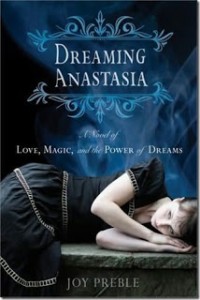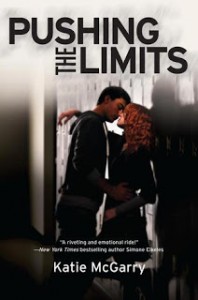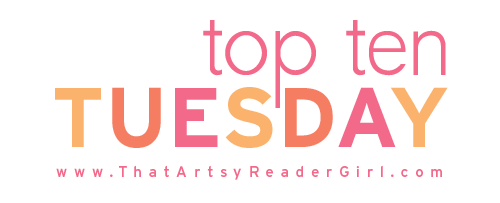When it comes to book covers, typography plays a crucial role in attracting readers and conveying the overall theme of the book. A well-designed typography can make a book cover stand out from the rest and leave a lasting impression on the mind of the reader. In this article, we will explore the top ten book covers with typography that steals the show and instantly grabs the attention of the audience.
1. “The Great Gatsby” by F. Scott Fitzgerald
One of the most iconic book covers with typography is “The Great Gatsby” by F. Scott Fitzgerald. The elegant and art deco-inspired typography perfectly captures the essence of the Jazz Age, while the gold foil stamping adds a touch of luxury to the cover.
2. “1984” by George Orwell
The stark and bold typography of “1984” by George Orwell mirrors the oppressive and dystopian world depicted in the novel. The use of black and white colors adds to the ominous atmosphere of the cover, making it instantly recognizable and memorable.
3. “To Kill a Mockingbird” by Harper Lee
The handwritten typography of “To Kill a Mockingbird” by Harper Lee gives the cover a personal and intimate feel. The cursive script conveys a sense of nostalgia and innocence, perfectly capturing the themes of the novel.
4. “Pride and Prejudice” by Jane Austen
The elegant and flowing typography of “Pride and Prejudice” by Jane Austen reflects the romantic and sophisticated nature of the novel. The use of delicate swirls and flourishes adds a touch of femininity to the cover, making it appealing to a wide range of readers.
5. “The Catcher in the Rye” by J.D. Salinger
The bold and rebellious typography of “The Catcher in the Rye” by J.D. Salinger perfectly captures the teenage angst and disillusionment of the protagonist. The use of graffiti-inspired lettering adds a sense of urgency and urgency to the cover, making it a striking visual statement.
6. “A Clockwork Orange” by Anthony Burgess
The futuristic and unconventional typography of “A Clockwork Orange” by Anthony Burgess perfectly complements the dark and dystopian themes of the novel. The use of bold, geometric lettering adds a sense of chaos and violence to the cover, making it visually compelling and memorable.
7. “The Great Expectations” by Charles Dickens
The classic and timeless typography of “Great Expectations” by Charles Dickens captures the essence of Victorian England. The use of serif fonts and intricate embellishments adds a sense of elegance and sophistication to the cover, making it a beautiful and captivating design.
8. “Brave New World” by Aldous Huxley
The clean and modern typography of “Brave New World” by Aldous Huxley reflects the futuristic and utopian world depicted in the novel. The use of sans-serif fonts and minimalist design creates a sense of order and control, making it a visually striking and thought-provoking cover.
9. “The Sun Also Rises” by Ernest Hemingway
The bold and masculine typography of “The Sun Also Rises” by Ernest Hemingway mirrors the rugged and adventurous nature of the characters in the novel. The use of bold, blocky lettering adds a sense of strength and determination to the cover, making it a powerful and compelling design.
10. “Wuthering Heights” by Emily Bronte
The dramatic and Gothic typography of “Wuthering Heights” by Emily Bronte perfectly captures the dark and brooding atmosphere of the novel. The use of bold, ornate lettering adds a sense of mystery and intrigue to the cover, making it a visually striking and unforgettable design.
In conclusion, typography plays a crucial role in creating a visually compelling and memorable book cover. The top ten book covers with typography mentioned above are just a few examples of how typography can steal the show and instantly grab the attention of the audience. Whether it’s a classic novel or a modern dystopian story, the right typography can elevate a book cover from good to great and leave a lasting impression on the reader’s mind.



